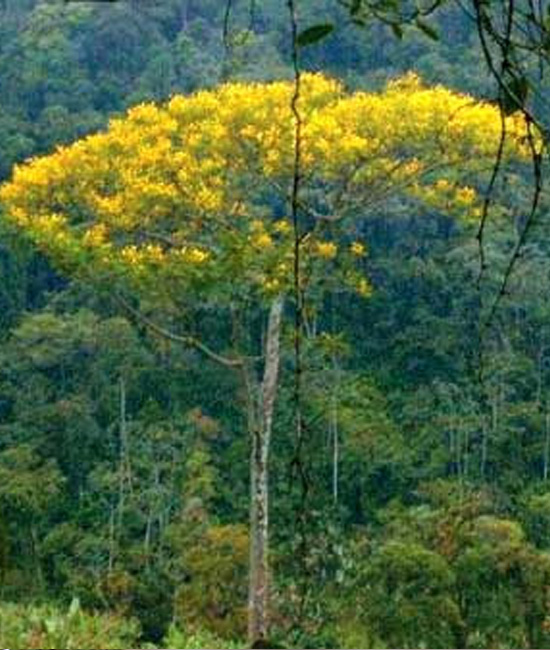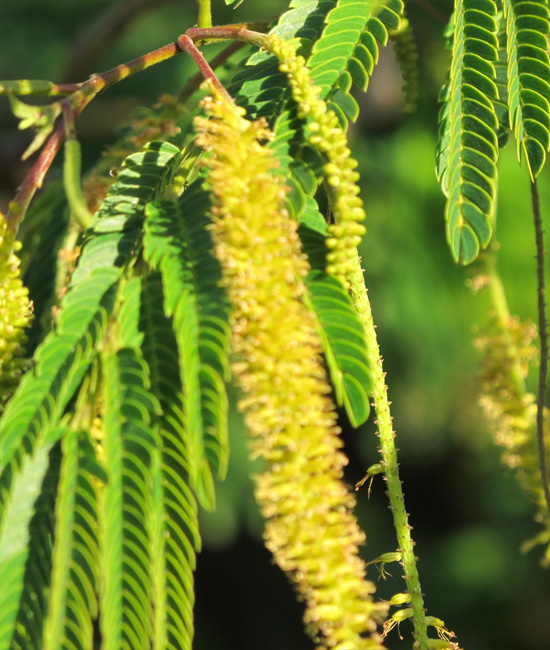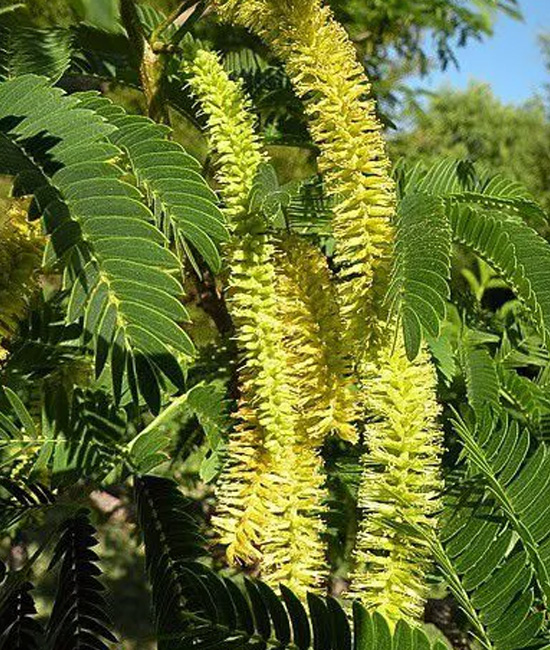PARICÁ
A região amazônica ocupa quase 40% do território brasileiro. Abriga a maior floresta tropical do planeta, com milhares de espécies vegetais e animais. Seu subsolo esconde tesouros de minerais raros e nascentes que formam uma gigantesca reserva de água doce. Apesar de toda essa riqueza, a exploração dos recursos amazônicos é amplamente realizada de maneira primitiva e predatória. Esse é o caso da extração de madeira.
Todos os anos, cerca de três milhões de árvores são derrubadas na Amazônia. A madeira alimenta um mercado de mais de R$4 bilhões, mas apenas uma pequena parte da extração é realizada com autorização dos órgãos ambientais e segue as regras de manejo. Grande parte da madeira ainda sai de forma ilegal, deixando para trás o caminho aberto para o fogo que antecede o plantio de capim utilizado na criação de gado bovino.


Mas é possível plantar árvores para a produção de madeira. Florestas cultivadas substituem a extração predatória e também podem ser usadas para recuperar a imensa área de pastagens degradadas na Amazônia. Há mais de 20 anos, pesquisadores da Embrapa vêm coletando sementes e produzindo mudas de espécies nobres. O sucesso desses projetos, no entanto, esbarra no tempo necessário para colher as primeiras árvores.
A maioria das espécies começa a produção de madeira para corte apenas após 15 anos de idade, mas uma espécie começa a se destacar devido ao seu rápido crescimento.
É o Paricá, a espécie florestal nativa mais cultivada do país. Ela pode ser cortada com cinco anos de idade. Sua madeira é utilizada na construção civil e na fabricação de móveis. Até o momento, 60 milhões de árvores foram plantadas, distribuídas em várias fazendas nos municípios de Paragominas e Dom Eliseu, na região nordeste do Pará.

O reflorestamento gera empregos e também ajuda a preservar o que resta da floresta nativa, como explica o engenheiro florestal Alessandro Lechimoski. “Com o uso do paricá de reflorestamento, cada hectare usado na indústria deixa de utilizar de 30 a 35 hectares de floresta nativa. Esse é um grande ganho ambiental.”
Segundo Arthur Netto, consultor florestal da InvestAgro, os produtores que antes tinham grandes áreas plantadas com paricá estão reduzindo suas áreas devido à falta de pesquisa e melhoramento genético. “Produtores relataram que algumas plantações realizadas em Paragominas e Dom Eliseu têm apresentado mortalidade aos dois anos de vida, mesmo após análise das condições edafoclimáticas da região. Não há pesquisa que mostre a causa da mortalidade”, lamenta.
Toda a produção de paricá de Dom Eliseu é direcionada para a fabricação de compensado, e muitas fábricas já estão começando a encerrar suas atividades.
O paricá está relacionado ao guapuruvu, uma árvore da Mata Atlântica. Seu nome científico é Schizolobium amazonicum. É uma árvore da família das leguminosas que captura nitrogênio do ar e o fixa no solo.
Na floresta nativa, a floração ocorre durante a estação seca e atrai dezenas de insetos. A árvore fica coberta de flores amarelas que deixam um perfume delicado e doce no ar.
Suas vagens servem de alimento para as araras, que são as principais responsáveis pela dispersão de suas sementes na floresta. Macacos e preguiças se alimentam de suas folhas finas e também derrubam as sementes maduras no chão. É possível ver dezenas de mudas que surgem nas clareiras deixadas pela queda de outras árvores.


© 2021 Seeding Amazon – Todos os direitos reservados. CNPJ: 43.963.207/0001-74
| Cookie | Duração | Descrição |
|---|---|---|
| cookielawinfo-checkbox-analytics | 11 months | This cookie is set by GDPR Cookie Consent plugin. The cookie is used to store the user consent for the cookies in the category "Analytics". |
| cookielawinfo-checkbox-functional | 11 months | The cookie is set by GDPR cookie consent to record the user consent for the cookies in the category "Functional". |
| cookielawinfo-checkbox-necessary | 11 months | This cookie is set by GDPR Cookie Consent plugin. The cookies is used to store the user consent for the cookies in the category "Necessary". |
| cookielawinfo-checkbox-others | 11 months | This cookie is set by GDPR Cookie Consent plugin. The cookie is used to store the user consent for the cookies in the category "Other. |
| cookielawinfo-checkbox-performance | 11 months | This cookie is set by GDPR Cookie Consent plugin. The cookie is used to store the user consent for the cookies in the category "Performance". |
| viewed_cookie_policy | 11 months | The cookie is set by the GDPR Cookie Consent plugin and is used to store whether or not user has consented to the use of cookies. It does not store any personal data. |